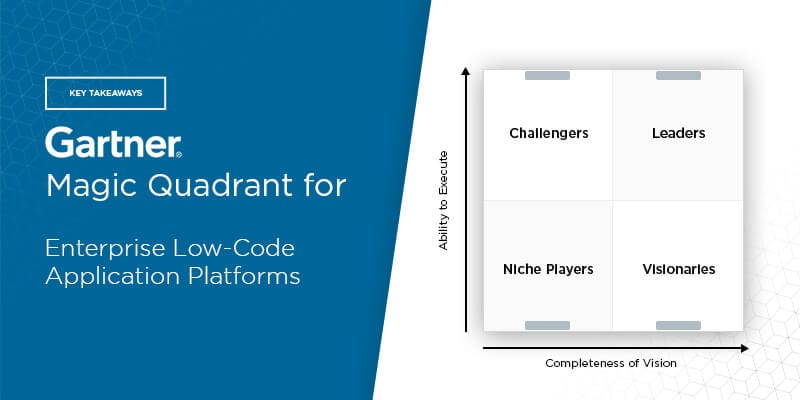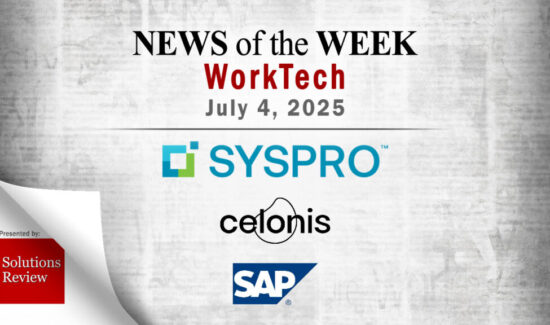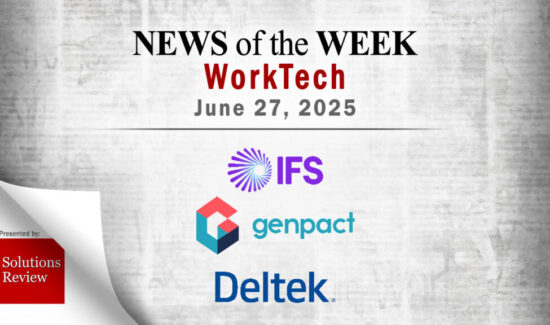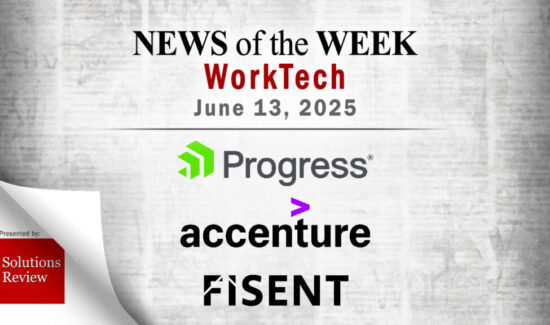2020 Magic Quadrant for Enterprise Low-Code Application Platforms: Key Takeaways

 The editors at Solutions Review highlight the key takeaways from the 2020 Magic Quadrant for Enterprise Low-Code Application Platforms and provide analysis of the report.
The editors at Solutions Review highlight the key takeaways from the 2020 Magic Quadrant for Enterprise Low-Code Application Platforms and provide analysis of the report.
Analyst house Gartner, Inc. recently released the 2020 edition of its Magic Quadrant for Enterprise Low-Code Application Platforms. Many IT leaders are facing challenges concerning application delivery. Skill-set challenges and developer shortages affect the ability to provide business automation rapidly and reliably. As a result, low-code application platform (LCAP) providers have improved their products by offering broader capabilities requiring smaller and less specialized teams of developers.
Gartner defines an LCAP as “an application platform that supports rapid application development, deployment, execution, and management using declarative, high-level programming abstractions such as model-driven and metadata-based programming languages, and one-step deployments. LCAPS provide and support user interfaces, business processes, and data services.” The primary goal of LCAPS is increased application development productivity with reduced skill-set requirements for developers.
As a strategic planning assumption, Gartner projects that over 50 percent of medium to large enterprises will have adopted an LCAP as one of their strategic application platforms by 2023. This prediction reflects the growing level of interest in “low-code” for application development and other application-related uses such as integration and AI services. Buyers should consider their use case when selecting an LCAP. Gartner notes that some typical use cases for LCAPs are citizen development, business unit IT application, enterprise IT business process application, fusion team-developed composite application, and independent software vendor mobile and web application for SaaS.
Gartner adds, “an LCAP is characterized by its use of model-driven or visual development paradigms supported by expression languages and possibly scripting to address use cases such as citizen development, business unit IT, enterprise business processes, composable applications, and even SaaS applications. These platforms are offered by vendors that may be better known for their SaaS offerings, or their business process management (BPM) capabilities, as well as specialist vendors for rapid application development.”
In this Magic Quadrant, Gartner evaluates the strengths and weaknesses of 18 providers that it considers most significant in the marketplace and provides readers with a graph (the Magic Quadrant) plotting the vendors based on their ability to execute and their completeness of vision. The chart is divided into four quadrants: niche players, challengers, visionaries, and leaders. At Solutions Review, we read the report, available here, and pulled out the key takeaways.
Gartner adjusts its evaluation and inclusion criteria for Magic Quadrants as software markets evolve. As a result, AuraQuantic and Newgen have been added to the report, while K2 and Kony were dropped.
The niche player quadrant is the most populous this year, including ProntoForms, TrackVia, Kintone, Newgen, AuraQuantic (formerly AuraPortal), Creatio, Quick Base, and AgilePoint. ProntoForms’ customers span a range of industries but are focused on field service and frontline work, which could account for its placement. TrackVia, placed closest to ProntoForms, has a roadmap that includes better support for offline use, UI updates, and enhanced workflow support. The newly added AuraQuantic looks to add AI-based decision management, RPA, and AI assistance for developers in the future.
Newgen, the other new vendor in this year’s report, has recently shown a growing presence in EMEA and North America. Kintone is also focused on expanding further in the U.S. using AWS infrastructure and making improvements for citizen developers. Creatio has plans to enhance its offering by adding a UI based on the Angular framework and furthering AI support for process and application development. Quickbase has begun to expand beyond its citizen deployment focus by targeting more complex application use cases and enterprise IT organizations. AgilePoint is located closest to the Y-axis. The provider offers prebuilt libraries such as popular process patterns to assist developers.
The only challenger in this year’s Magic Quadrant is Oracle (APEX). The vendor is well-established in the database and business application markets, and its APEX solution is primarily focused on data-oriented applications created by Oracle SQL developers. Its placement is possibly due to adding high-performance user experiences for data search across large datasets and the ability to access data from any external REST-enabled source to APEX.
Four visionaries were named this year: Betty Blocks, Oracle (Visual Builder), Pega, and Zoho. Placed closest to the Y-axis in the visionaries quadrant is Oracle (Visual Builder). Gartner notes that Visual Builder is more accessible than other platforms for new use cases because its pricing is resource-based. Zoho is expected to add RPA, more collaborative development features, a test automation suite, and AI-augmented application development support in the future. Pega has shown its innovation by introducing Process Fabric, a business portal to coordinate user access to processes and applications. Finishing this section, Betty Blocks distinguishes itself by enhancing its container deployment, developer environment, and extensions mechanism.
The six leaders in this year’s Magic Quadrant are Appian, ServiceNow, Mendix, Microsoft, OutSystems, and Salesforce. Appian differentiates itself from other vendors by offering a complete stack of low-code automation tooling that can handle complex workflows, business rules, and case management. ServiceNow was one of the first vendors in this report to provide an integration platform for LCAP users and deliver asset management and real-time monitoring. Scoring the highest on completeness of vision, Mendix is one of few LCAP providers with advanced multi-experience development capabilities.
Industry giant Microsoft is suited to citizen developers and business unit developers because of its more straightforward design-time tools in Power Apps. OutSystems is enhancing its DevOps and data management capabilities by adding builders for workflow, which could attribute to its placement on this year’s report. Finally, Salesforce scored the highest on the ability to execute. Salesforce possibly earned this placement due to its ecosystem of partners, which provides strong drivers for the adoption of the vendor’s LCAP offering.
Read Gartner’s Magic Quadrant for Enterprise Low-Code Application Platforms.




















